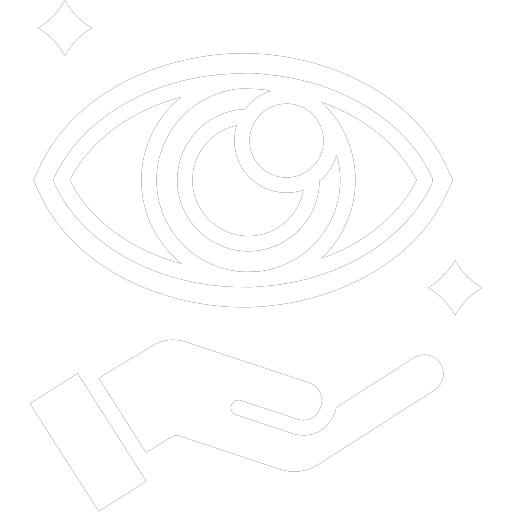Fundus Examination
A comprehensive eye exam that evaluates the interior surface of the eye, including the retina, optic nerve, blood vessels, and macula.
Fundus Examination at Dr. Shalini Jain's Samyak Eye Care Clinic
What is Fundus Examination?
- A comprehensive eye exam that evaluates the interior surface of the eye, including
the retina, optic
nerve, blood vessels, and macula.
- Essential for detecting and monitoring eye conditions such as diabetic retinopathy,
glaucoma, macular degeneration, and retinal detachments.
Importance of Fundus Examination
- Early Detection Critical for identifying eye diseases in their early stages
before symptoms
develop, allowing for
timely treatment and prevention of vision loss.
- Monitoring Chronic Conditions Essential for patients with conditions like
diabetes or
hypertension, where regular
monitoring of the retinal health is crucial to prevent complications.
- Overall Eye Health Provides a thorough assessment of the health of the eye,
offering insights into not just eye health but also systemic health conditions like high blood pressure and diabetes.
Recommended Frequency
- Routine Check-Ups Advised annually for adults, especially those over 40 or
with risk factors like
diabetes, high
blood pressure, or a family history of eye disease.
- High-Risk Patients More frequent exams may be recommended for individuals
with existing eye
conditions, diabetes,
hypertension, or other risk factors.
Latest Technology in Fundus Examination
- Optical Coherence Tomography (OCT) A non-invasive imaging test that provides
high-resolution
cross-sectional images of the retina, allowing for detailed examination of its layers and early detection of
retinal diseases.
- Digital Retinal Imaging Advanced technology that captures detailed images of
the retina, enabling
precise
monitoring of changes over time and facilitating early intervention.
- Fundus Photography High-resolution imaging that documents the condition of
the retina and optic
nerve, aiding in
the diagnosis and tracking of eye conditions over time.
Why Choose Us?
- Advanced Diagnostic Tools We use the latest technology to ensure accurate
and thorough fundus
examinations.
- Comprehensive Eye Care Our clinic offers personalized care with a focus on
early detection and
prevention,
ensuring the best possible outcomes for your eye health.
- Expertise in Eye Health Led by Dr. Shalini Jain, our team is committed to
providing top-tier eye
care, leveraging
the latest advancements in technology to safeguard your vision.
Call to Action
- Schedule your fundus examination today at Samyak Eye Care Clinic to ensure early
detection and proactive
management of potential eye conditions.
Book An Appointment





